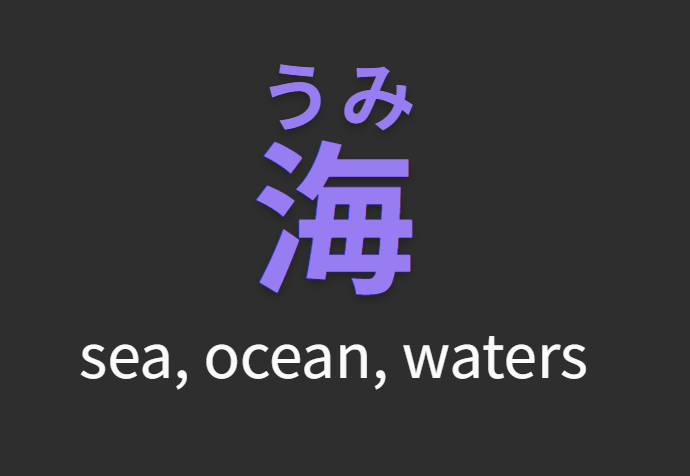Im starting vocab in my japanese learning journey, after having hiragana and katakana sorted and quite a bit of grammar learnt already, so with bunpro with the N5 deck im kinda confused on exactly HOW i should be going about it, for example when i see things like this
how should i be parsing this?, do i remember how it sounds using the furigana and then remembering that sound “u mi” means “sea” etc? or should i also be remembering the picture of the kanji and associating it with “sea, ocean” etc? or should i be doing both? i know it might sound like a dumb question because if i only focused on the furigana, then i cant read kanji, and if i only focus on the kanji, i wont know how it sounds, am i really meant to learn both at once? as i said this is my first ever time doing the whole anki/deck vocab grind, im gonna start WaniKani today also, so i wonder if going there for a bit, and then coming to start the deck will help at all?

